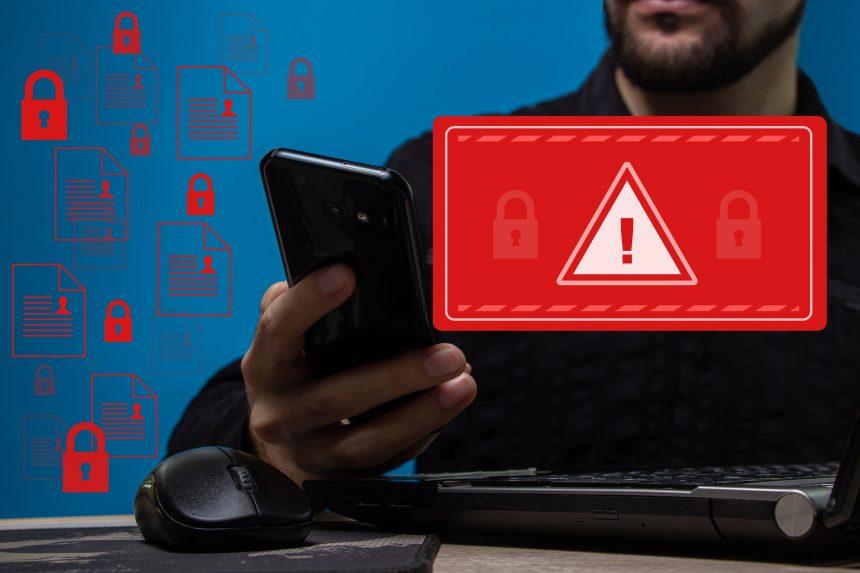In the ever-evolving landscape of cybersecurity threats, the emergence of AutoIt V3 script malware has raised significant concerns among users and security experts alike. Known for its stealthy behavior and malicious intent, this type of malware poses a serious risk to both individual users and organizations. In this article, we’ll delve into the intricacies of AutoIt V3 script malware, explore its actions and consequences, provide insights into its detection and removal, and outline best practices for preventing future infections.
Actions and Consequences of AutoIt V3 Script Malware
AutoIt V3 script malware, as the name suggests, leverages the AutoIt scripting language to carry out malicious activities on infected systems. One of its primary objectives is to infiltrate target systems undetected, often through deceptive means such as phishing emails, malicious websites, or software downloads from untrustworthy sources.
Once executed, the malware may initiate a range of harmful actions, including but not limited to:
- Data Theft: AutoIt V3 script malware may be designed to steal sensitive information such as login credentials, financial data, or personal identifiable information (PII) from infected systems. This stolen data can then be exploited for various malicious purposes, including identity theft or financial fraud.
- System Compromise: The malware may attempt to gain unauthorized access to system resources, manipulate system settings, or modify critical files and registry entries. This can result in system instability, performance degradation, or even complete system compromise, rendering the infected system inoperable.
- Propagation: AutoIt V3 script malware often contains self-propagation mechanisms, allowing it to spread to other systems within a network or via removable storage devices. This can lead to widespread infection across an organization’s infrastructure, exacerbating the impact of the malware.
- Payload Delivery: In some cases, the malware may serve as a delivery mechanism for additional payloads, such as ransomware, spyware, or keyloggers. This can further escalate the severity of the infection and pose significant risks to the affected users or organizations.
Detection and Removal
Detecting and removing AutoIt V3 script malware can be challenging due to its stealthy nature and polymorphic capabilities. However, several antivirus and security software solutions are capable of identifying and mitigating this threat. Some of the detection names associated with AutoIt V3 script malware include:
- Trojan.AutoIt
- Trojan.GenericKD
- Trojan.Script.AutoIt
To remove AutoIt V3 script malware from an infected system, follow these steps:
- Enter Safe Mode: Boot the infected system into Safe Mode to prevent the malware from loading during startup.
- Identify Malicious Processes: Use Task Manager or a similar tool to identify any suspicious processes running on the system.
- Disable Startup Items: Disable any suspicious startup items or services associated with the malware.
- Run Antivirus Scan: Perform a full system scan using a reputable antivirus or anti-malware software to detect and remove the malware.
- Delete Malicious Files: Manually delete any identified malicious files or folders associated with the malware.
- Restore System Settings: Restore any modified system settings or configurations to their default values.
- Update Security Software: Ensure that your antivirus or anti-malware software is up to date to protect against the latest threats.
Prevention
Preventing future infections of AutoIt V3 script malware and similar threats requires a multi-layered approach to cybersecurity. Here are some best practices to help mitigate the risk:
- Exercise Caution: Be wary of unsolicited emails, suspicious links, and downloads from unknown sources.
- Keep Software Updated: Regularly update your operating system, software applications, and security patches to address known vulnerabilities.
- Use Security Software: Install and maintain reputable antivirus or anti-malware software to detect and prevent malware infections.
- Enable Firewalls: Enable firewalls on your network and individual devices to monitor and block suspicious network traffic.
- Implement User Education: Educate users about cybersecurity best practices, including safe browsing habits and the importance of avoiding phishing attempts.
By staying vigilant and implementing these preventive measures, users and organizations can significantly reduce the risk of falling victim to AutoIt V3 script malware and other cyber threats.





